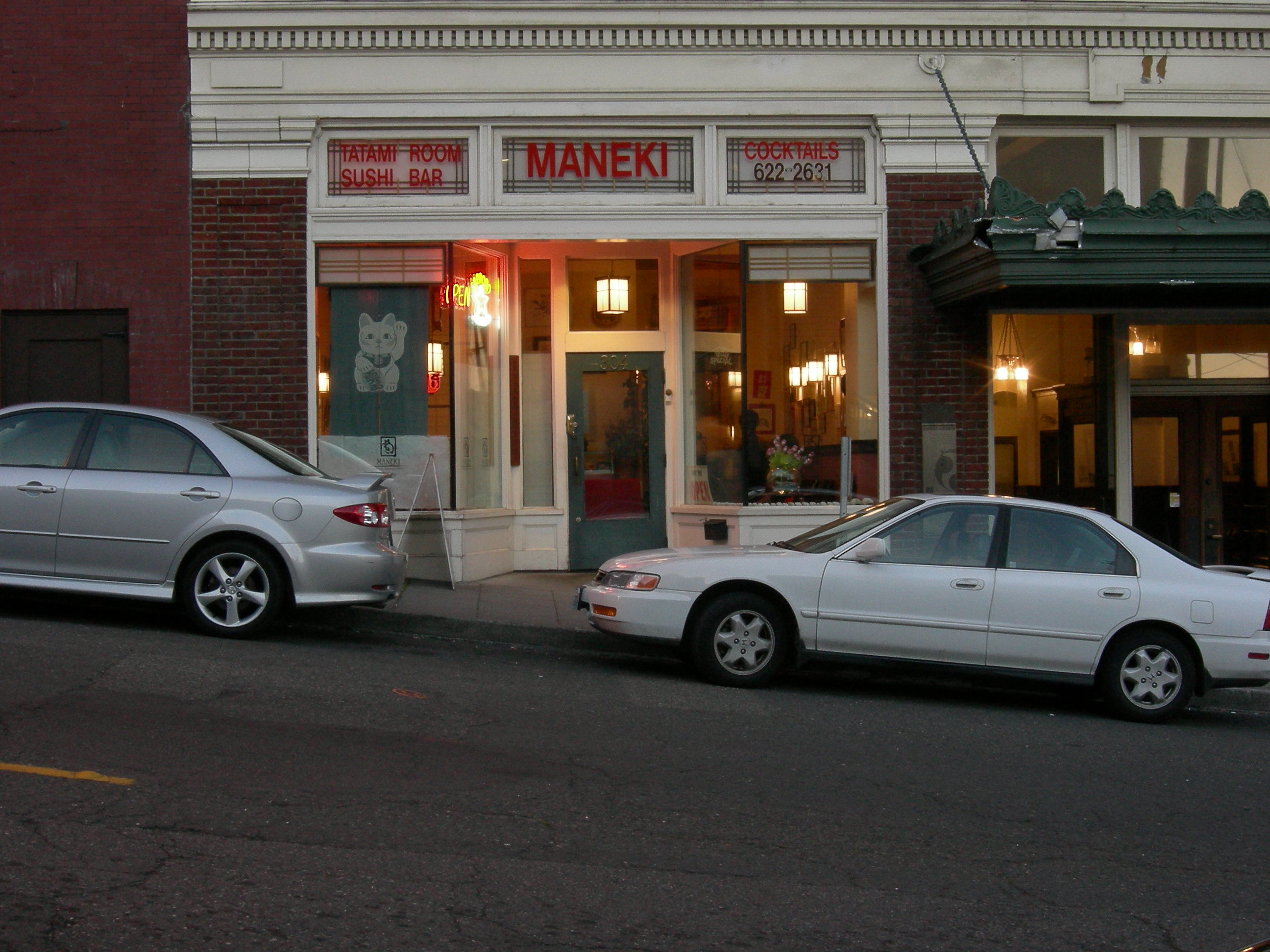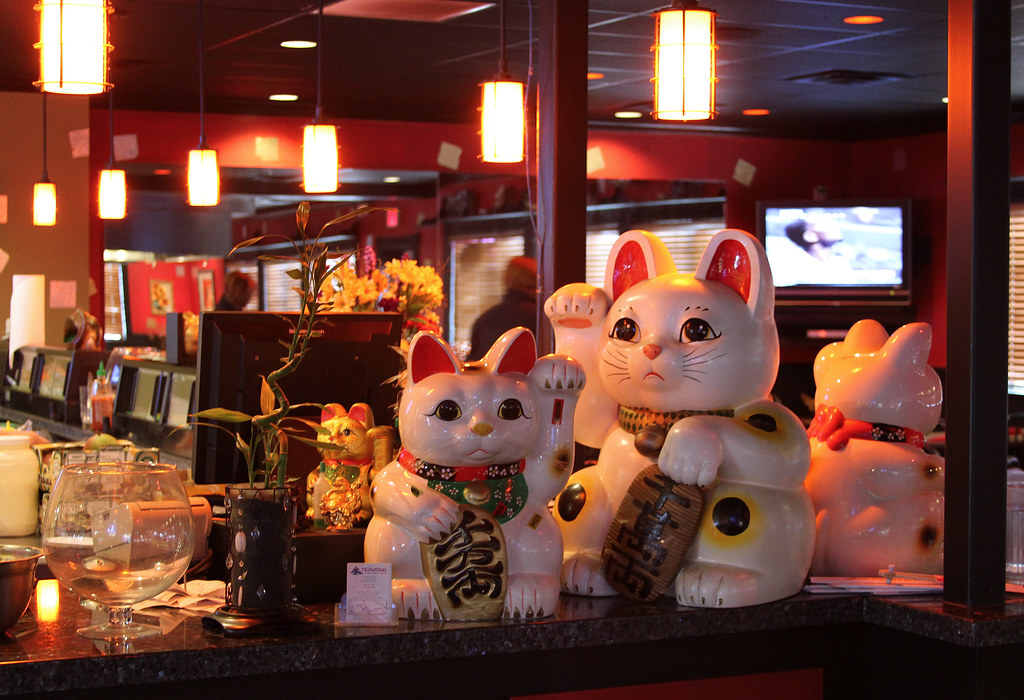Maneki is a Seattle icon — in its 113th year of business, it is one of the oldest Japanese restaurants in the country. In an industry where over 60 percent of independent establishments close during the first year, Maneki has a legacy of resilience — surviving through World War II and the incarceration of Japanese Americans.
The restaurant is named after the Maneki-neko. When the restaurant first opened in 1904, it was shaped like a Japanese castle and employees wore kimono. The space could seat up to five hundred customers. Tokuji Sato purchased the restaurant in 1923.

In the early 1960s, Sato handed ownership over to his daughter, “Shi-chan” Virginia Ichikawa. In 1960, Fusae Yokohama began working at the restaurant as a bartender. Over the years, Yokohama became known as “Mom” by employees and regular customers. In 1978, the Nakayama family purchased the restaurant. In 1998, owner Kozo Nakayama died and left the restaurant to his wife, Jean Nakayama.
The decor that lines Maneki’s walls presents a glimpse of its history; black and white photographs, newspaper clippings, and numerous Maneki-neko cats — the restaurant’s namesake figurine cat with a raised paw, beckoning customers and good fortune. Maneki was originally located a half-block north from its current space in a grand, three-story structure built to resemble a Japanese castle.
“The key to Maneki’s longevity, I think, is our customers,” Nakayama says. “Sometimes there’s three generations coming through the door. I get to see them as little kids, coming in car seats, through junior high, to their Sweet 16 — when I get to check out the date… I have the privilege of seeing that.”
According to en.wikipedia.org; crosscut.com. Source of photos: internet








